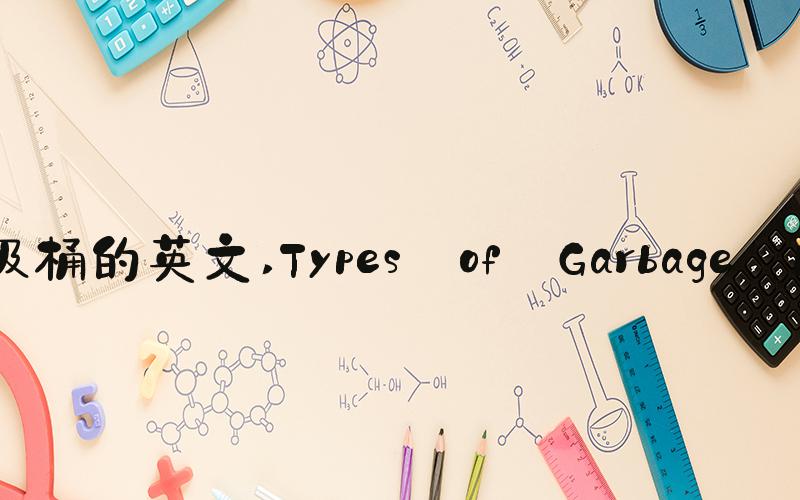AI答案
 Garbage Bins: An Essential Part of Waste Management
Garbage Bins: An Essential Part of Waste ManagementGarbage bins, also known as trash cans or waste bins, are the most visible part of any waste management system. They are found in every household, office, public place, or on the streets. The primary function of a garbage bin is to collect and store the waste generated by humans, animals, or natural processes such as fallen leaves and tree branches.
Types of Garbage BinsGarbage bins come in different sizes, materials, and shapes, depending on their application. The most common types of garbage bins are:
Home waste bins: These are small bins that fit under the sink or in a cupboard. They are used to collect kitchen waste, such as food scraps, packaging, and paper towels.
Office waste bins: These are slightly larger than home waste bins and are used to collect paper waste, such as documents, envelopes, and packages.
Public waste bins: These are large bins found in public places such as parks, streets, and beaches. They are usually made of metal or plastic and can hold a significant amount of waste.
Recycling bins: These bins are used to collect recyclable materials such as paper, plastic, glass, and metal. They come in different sizes and colors to help distinguish them from regular waste bins.
The Importance of Garbage BinsGarbage bins play a crucial role in waste management. They help keep our environment clean and hygienic, prevent littering and illegal dumping, and reduce the risk of diseases. Garbage bins also promote responsible behavior among individuals and communities by encouraging them to properly dispose of their waste. Without garbage bins, waste disposal would be a more challenging and time-consuming task, leading to more waste accumulation and potential health hazards.
The Challenges of Garbage BinsDespite their importance, garbage bins face many challenges that can affect their effectiveness. Some of these challenges include:
Overfilling: When garbage bins are overfilled, they can spill their contents, leading to littering and attracting pests such as rats and flies.
Improper use: Garbage bins are sometimes used for other purposes, such as storing personal items or dumping hazardous waste, which can damage the bin or pose a health risk.
Vandalism: Garbage bins are sometimes vandalized, which can damage the bin and make it unusable.
Inadequate maintenance: Garbage bins require regular cleaning and maintenance to keep them hygienic and functional. Lack of maintenance can lead to unpleasant odors, blockages, and infestation by pests.
The Future of Garbage BinsAs the world becomes more environmentally conscious, the role of garbage bins in waste management is evolving. New technologies and approaches are being developed to make garbage bins more efficient and sustainable. For example, smart garbage bins equipped with sensors and software can monitor their fill levels and optimize waste collection routes, reducing the number of collection trips and reducing carbon emissions. Similarly, the use of compostable or biodegradable garbage bags can help reduce the amount of waste that ends up in landfills. The future of garbage bins is one that is eco-friendly, efficient, and adaptable to changing needs and technologies.
ConclusionGarbage bins are an essential part of waste management, helping to keep our environment clean and healthy. They come in different types and sizes, and their importance cannot be overstated. However, garbage bins also face challenges such as overfilling, improper use, vandalism, and inadequate maintenance. As we move towards a more sustainable future, the role of garbage bins in waste management will continue to evolve, with new technologies and approaches being developed to make them more efficient and eco-friendly.
